|
Heartworms are a parasite that reside in the heart of mammals. Dogs are the most frequent hosts, although cats and occasionally other species can become infected. Heartworm larvae are transmitted from an infected animal to a susceptible animal by mosquitoes. The larvae take several months to grow and move from the site of the bite to taking up residence in the heart. We have autopsied dogs with heartworm, and it really looks like spaghetti when the heart is opened up. Not a pretty site, and obviously fatal for the dog. There is a treatment available to be used on dogs and cats already infected with the disease, but it is currently in tight supply and is doled out case by case by the manufacturer. The easiest way to keep your pet safe from this disease is monthly prevention with an approved product. There are several products on the market, most with an active ingredient of Ivermectin. In Collies or collie type breeds, a different active ingredient is recommended due to occasional sensitivities to Ivermectins. Monthly prevention is easy- a small chewable tablet once a month- and is effective at preventing this serious and debilitating disease. Testing for heartworm is recommended prior to starting the preventative, as giving the medication to a dog already infected can have serious side effects.
2 Comments
On February 27th, 2012 Flower had her right front leg amputated due to an aggressive tumor around her shoulder. Flower had started showing signs of discomfort in the middle of January, and we attributed it to a pin in her left front leg from a fracture she had as a kitten. Upon closer inspection we found it was her right leg that was painful. Her first round of x-rays did not reveal anything unusual. We treated her with anti-inflammatory medications and she continued to worsen. In the middle of February we were able to palpate a mass over her right shoulder, and took xrays again. This time there was evidence of bony changes in the scapula(shoulder blade). We checked her lungs for metastasis, and found them to be clear. So the leg was removed, and Flower began her recovery process. She is doing well now, and learning to get around on three legs. She is not painful anymore, and much happier and more loving.
The tumor results came back as an aggressive soft tissue sarcoma. When we were shaving Flower for the surgery, we noticed a scar on the right shoulder. Oftentimes these sarcomas are associated with some type of trauma or injection site reaction. Flower's scar was likely from when she was a kitten, before we knew her, as we were not aware of any wound which would result in a scar like that in the 15 years we have had her. Cats are somewhat unique in their handling of tissue reactions, and are the only documented species that develops injection site sarcomas. This has been a concern in recent years, and vaccine manufacturers have moved away from irritating adjuvants in feline vaccines to try and reduce the incidence of these tumors. We give vaccines in different locations on cats to try to identify which vaccines may cause problems or reactions, and also to make surgical resection easier if it is necessary. So when you bring your cat in for shots, this is the reasoning behind our choice of injection sites. Your cat's risk of developing an injection site sarcoma is much lower than their risk of catching one of the diseases we vaccinate for, so don't be alarmed and think you should not have your cat vaccinated. However, we do not advocate giving shots your cat does not need, and assess risk individually for each patient. Also, any type of penetrating wound can cause the same type of problem, as evidenced by Flower and her scar. Dental disease is a significant problem in our companion animals. It can take a subtle toll on your pets energy and well-being, or be a silent killer. Tartar develops on teeth after a certain amount of time with no brushing or other abrasive activity in the mouth. Brushing your pets teeth helps, as do certain types of food designed to hold together and scrape the teeth as they are chewed versus breaking apart easily. Chewing on certain types of chewies can do the same thing to dog's teeth. When tartar is present on the teeth, there are bacteria that live in the tartar. The combination of the tartar and bacteria irritate the animal's gums, and form pockets under the gum tissue. Irritated gums tend to be red and inflamed, and this allows bacteria to get into the blood stream. Bacteria from the mouth that travel in the blood stream will seed out on heart valves, in the kidneys, and in the liver. In each of these locations the bacteria cause significant problems. On the heart valves little colonies of bacteria grow into larger colonies, until they interfere with the heart valve closing properly. This causes valvular insufficiency, which leads to secondary heart disease. Heart disease is one of the leading causes of death in dogs. Bacteria that land in the kidneys cause parts of the kidney to die off, thus reducing the amount of normally functioning cells. This results in impaired renal (kidney) function, which can then lead to kidney failure. Kidney disease and failure is the leading cause of death in older cats. Bacteria that make it to the liver can cause small abscesses and adversely effect the way the liver is able to handle other stresses and do it's everyday jobs like removing toxins from the bloodstream. So an animal's mouth can be a great indicator of overall health, and also show us where there is room to make improvements. Teeth cleaning is something routine in our lives, and should be done for our pets as well to help maintain overall health.
Read more... Feline hyperthyroidism is a disease of older cats that results in too much thyroid hormone circulating in the bloodstream. In the past our options for treatment were anti-thyroid medication and surgical removal of the thyroid gland. With the advent of radioactive iodine therapy, our treatment options were expanded and this became the "gold standard." It has a 99% cure rate, and requires special approved facilities with significant associated costs. Now there is a new treatment modality in the form of a diet low in iodine. By limiting the amount of iodine the cat can consume, the thyroid gland has limited amounts of raw material with which to make the thyroid hormones. This new diet has shown very promising results, with most cats responding favorably. See the attached video for more information about this endocrine disorder.
|
Archives
October 2015
Categories
All
|
|
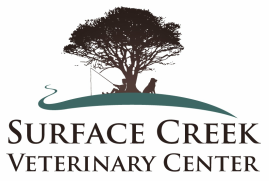
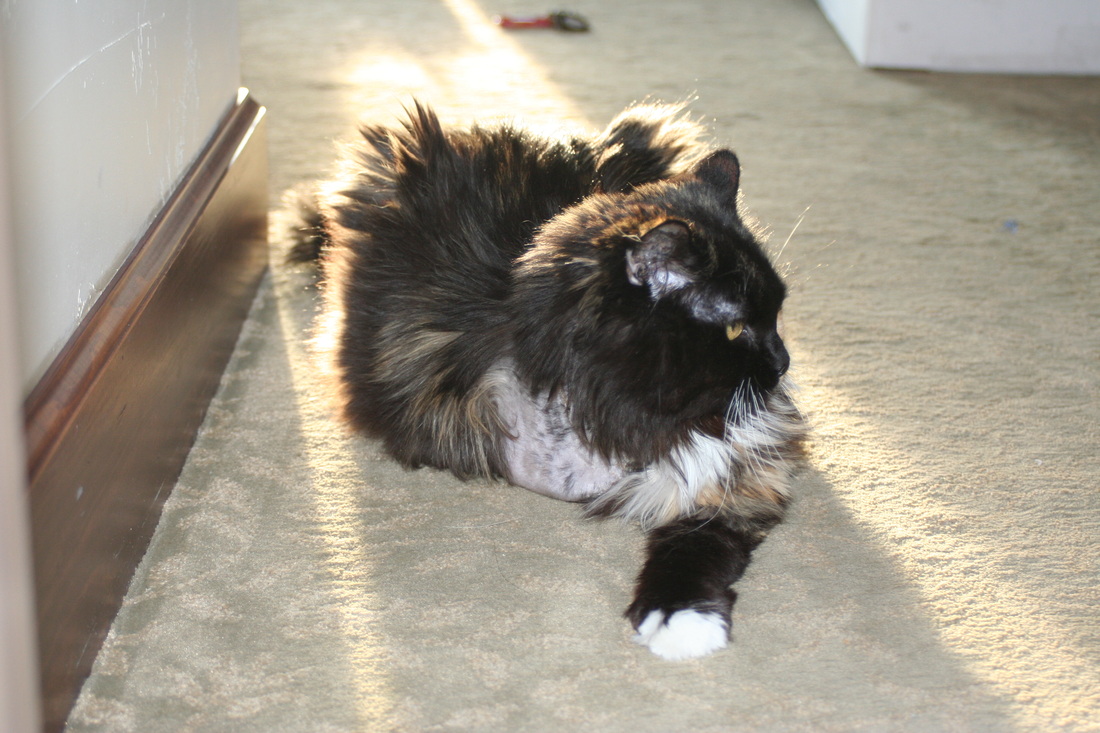
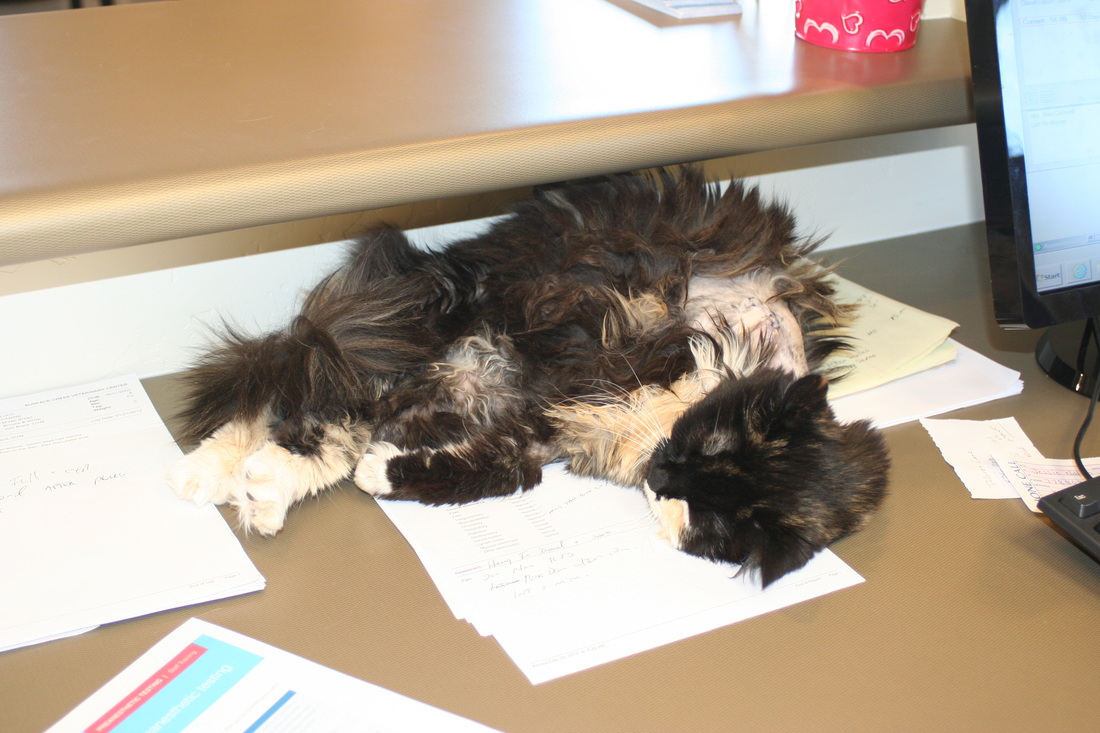
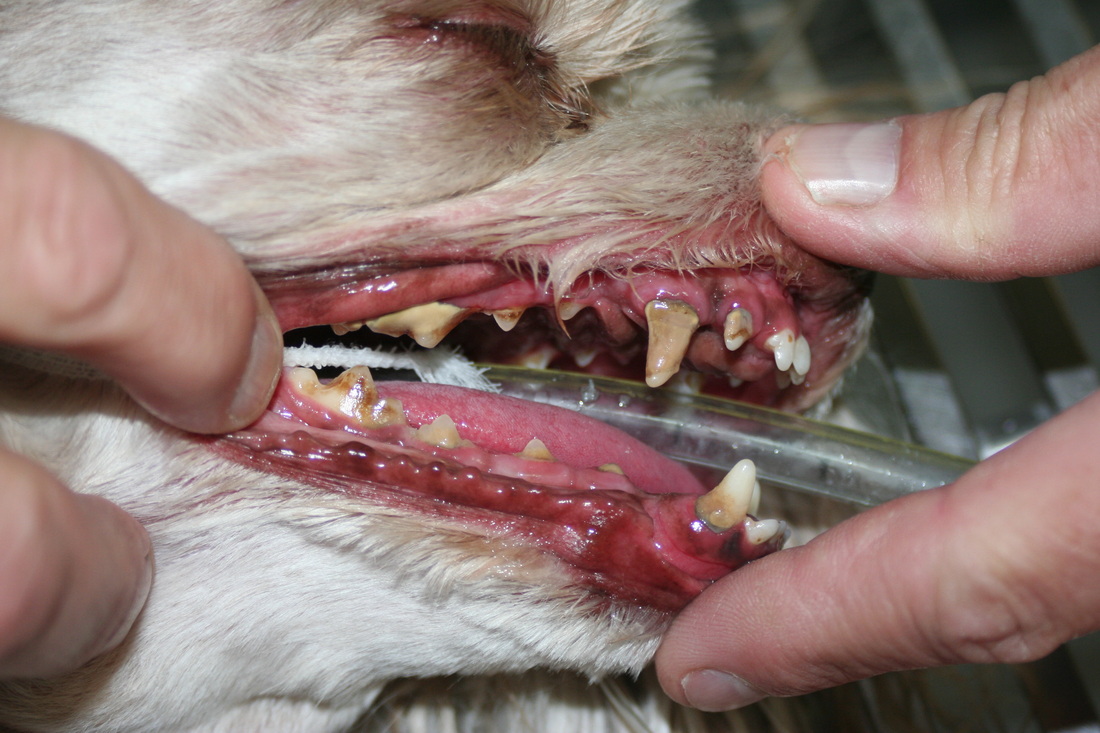
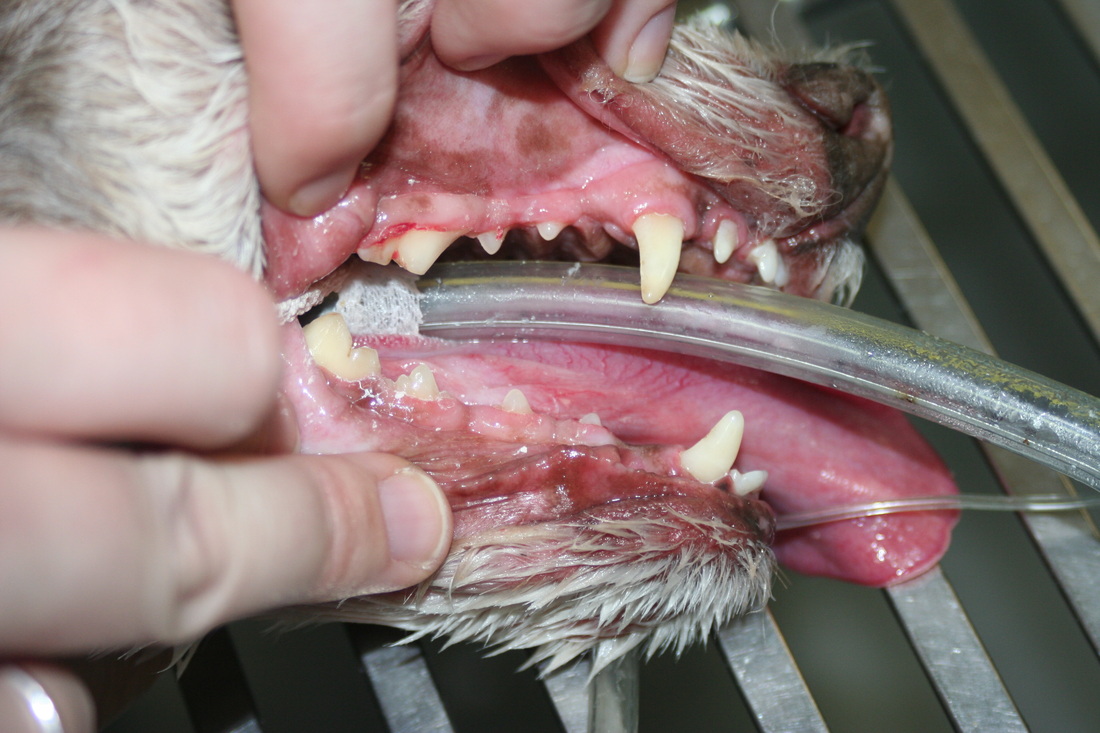
 RSS Feed
RSS Feed
